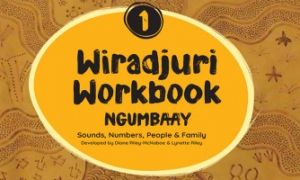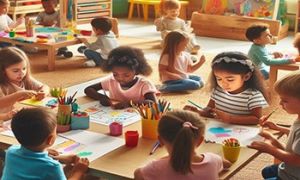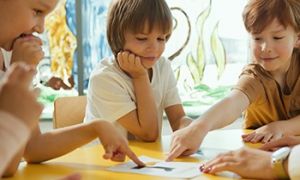In early childhood settings, meaningful moments often unfold quietly: a glance of recognition, a rhythmic sway to music, or a spontaneous giggle during water play. These moments may seem fleeting, but they carry profound developmental, emotional, and relational significance. As educators, your professional judgement is the compass that helps decide which experiences to document, reflect on, and share.
This guide is designed to support emotionally intelligent, culturally inclusive, and developmentally attuned documentation. It honours your insight, workload, and the relational depth you bring to your practice. Whether you're crafting a photo story, jotting a sensory note, or simply holding a moment in memory, this framework helps you decide what’s worth recording and why.
Step-by-Step Reflection Framework
1. Start with the Experience
Ask yourself:
- Has something occurred—planned or spontaneous—that felt emotionally rich, developmentally significant, or sparked curiosity?
2. Ask: Is it Meaningful?
Does the moment reveal something about:
- The child’s emerging interests, sensory preferences, or emotional needs
- Attachment relationships, co-regulation, or social connection
- Motor skills, communication attempts, or play schemas
- Cultural identity, gestures, or non-verbal expression of voice
3. Check for Relevance
Is the experience connected to:
- Developmental milestones or EYLF learning outcomes
- Group routines, transitions, or responsive caregiving
- Family priorities, cultural practices, or well-being goals
4. ? Consider the Impact of Documenting
Will recording this moment help?
- Shape future planning or intentional interactions
- Support team reflection or shared understanding
- Strengthen child–family–educator connection to learning
Decision Flow
| Response | Action |
|---|---|
| YES to all above | Document & Reflect |
| UNSURE | Use Professional Judgement |
| NO | Do Not Document |
If Documenting
- Choose your preferred format: photo story, gesture transcript, sensory moment note, etc.
- Link to EYLF outcomes and note possible next steps
- Include the child’s voice — verbal, non-verbal, or symbolic
If Unsure
- Reflect privately, discuss with colleagues, or simply hold the moment in memory
- Not all meaningful experiences require formal documentation
If Not Documenting
- Celebrate the moment
- Trust your insight and balance workload with impact
Documentation is not about capturing everything; it’s about noticing what matters. Your professional judgement is a powerful tool, shaped by experience, empathy, and deep relational knowledge. This guide is here to support you in making intentional choices that honour children’s voices, family priorities, and your own well-being.
Whether you choose to document, reflect privately, or simply hold a moment in memory, know that your insight is enough. Celebrate the connections you nurture, the curiosity you witness, and the emotional richness you help unfold. Every choice you make to record, to pause, to share is part of a larger story of trust, care, and learning.
Further Reading
Trusting Professional Judgement When Documenting
Observation Starter Prompts
What We Must Document vs. What We Can Let Go
Presence Over Paperwork: Reclaiming Time for Children in Early Childhood Services




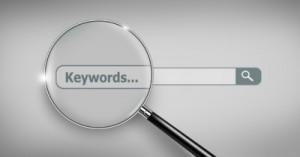
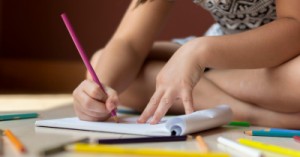
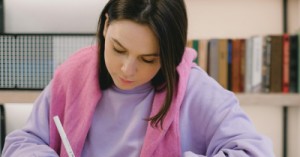
 Here is the list of the EYLF Learning Outcomes that you can use as a guide or reference for your documentation and planning. The EYLF
Here is the list of the EYLF Learning Outcomes that you can use as a guide or reference for your documentation and planning. The EYLF The EYLF is a guide which consists of Principles, Practices and 5 main Learning Outcomes along with each of their sub outcomes, based on identity,
The EYLF is a guide which consists of Principles, Practices and 5 main Learning Outcomes along with each of their sub outcomes, based on identity, This is a guide on How to Write a Learning Story. It provides information on What Is A Learning Story, Writing A Learning Story, Sample
This is a guide on How to Write a Learning Story. It provides information on What Is A Learning Story, Writing A Learning Story, Sample One of the most important types of documentation methods that educators needs to be familiar with are “observations”. Observations are crucial for all early childhood
One of the most important types of documentation methods that educators needs to be familiar with are “observations”. Observations are crucial for all early childhood To support children achieve learning outcomes from the EYLF Framework, the following list gives educators examples of how to promote children's learning in each individual
To support children achieve learning outcomes from the EYLF Framework, the following list gives educators examples of how to promote children's learning in each individual Reflective practice is learning from everyday situations and issues and concerns that arise which form part of our daily routine while working in an early
Reflective practice is learning from everyday situations and issues and concerns that arise which form part of our daily routine while working in an early Within Australia, Programming and Planning is reflected and supported by the Early Years Learning Framework. Educators within early childhood settings, use the EYLF to guide
Within Australia, Programming and Planning is reflected and supported by the Early Years Learning Framework. Educators within early childhood settings, use the EYLF to guide When observing children, it's important that we use a range of different observation methods from running records, learning stories to photographs and work samples. Using
When observing children, it's important that we use a range of different observation methods from running records, learning stories to photographs and work samples. Using This is a guide for educators on what to observe under each sub learning outcome from the EYLF Framework, when a child is engaged in
This is a guide for educators on what to observe under each sub learning outcome from the EYLF Framework, when a child is engaged in The Early Years Learning Framework describes the curriculum as “all the interactions, experiences, activities, routines and events, planned and unplanned, that occur in an environment
The Early Years Learning Framework describes the curriculum as “all the interactions, experiences, activities, routines and events, planned and unplanned, that occur in an environment